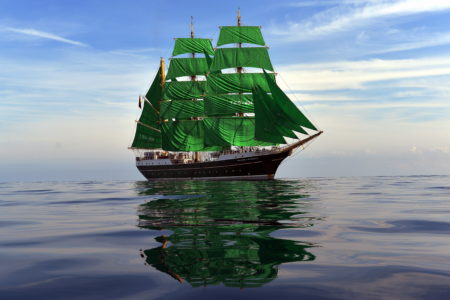
A captivating blog post from 2021-2022 student-Connor Teskey A sailor lives an extraordinary life, flirting with danger, utilizing it to their advantage to travel to their desired location. A sailor chooses a home isolated from the rest of the world,…Read More
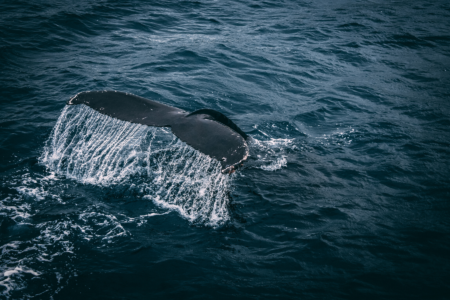
In this update from the ship, our Deckhand, Nicholas, shares a close encounter with a pod of dolphins, a handful of orca and a chase that had everyone on the edge of their seat.
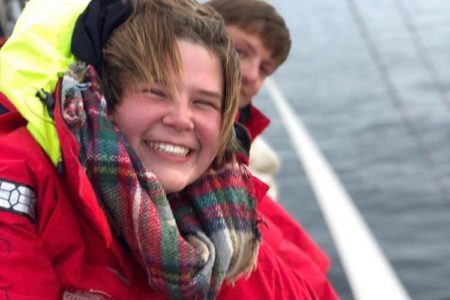
Who said that the last few days after final exams should be restful days where our only focus should be cleaning up and packing up? As we anchored off Scheveningen and prepared for our upcoming grand arrival and family reunions,…Read More

Living on a tall ship while studying is something that many cannot imagine, let alone are able to share as their story for a year. This is something that I am immensely grateful for. I always enjoy port time: eating…Read More
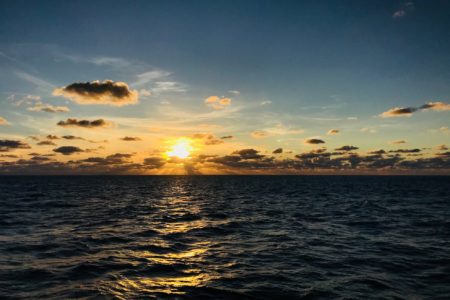
When you’ve been living on the ocean for a little while, you develop a deep connection, a unique bond with your surroundings that allows you to feel utterly connected with nature.
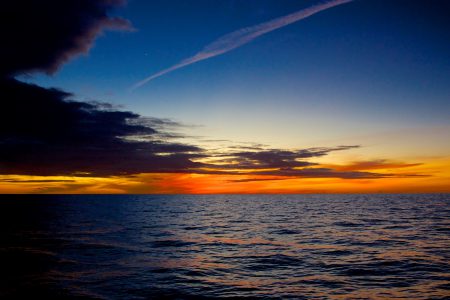
There are many factors that contribute to how a sail affects me emotionally, and physically.
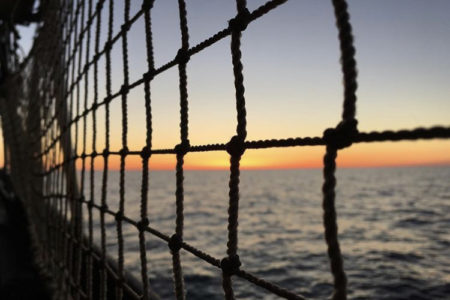
If you are like me, watching from the sidelines, not being a part of the action, is just something I don’t like.
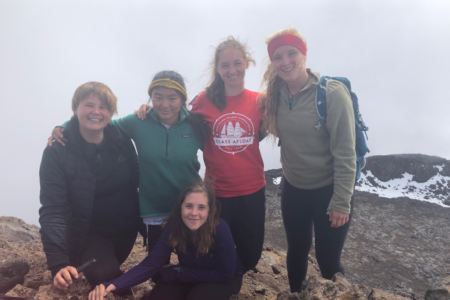
No one really thinks about the bond or community that the whole crew shares. Nobody would understand this except for the people who have been in the same situation.
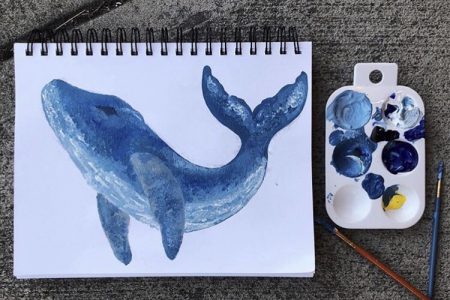
As we left the beautiful islands of the Azores, we entered our second and last long sail of the year. We left behind us a picturesque painted dock filled with traces of Class Afloat’s early years and ours. With the…Read More
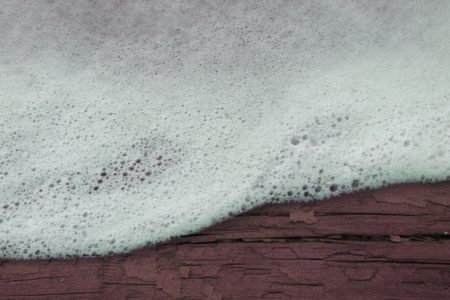
Just because there’s an endless supply of dirty undies and deck scrubbing doesn’t mean it can’t be fun.

It all started in Bermuda, approximately 1700 nautical miles away from our destination: the Azores.
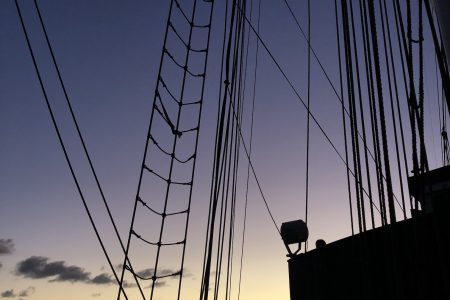
Excitement for Season 2 of Class Afloat was shown with cheek-to-cheek smiles and many hugs, as if it had been months since we had seen each other.
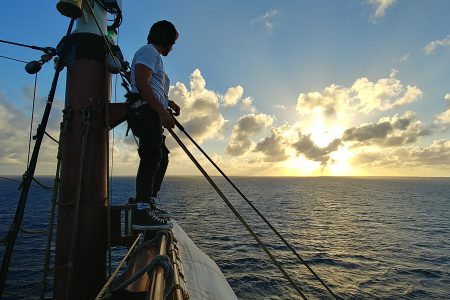
We spent at least an hour gazing at the whales, shouting excitedly whenever one surfaced.
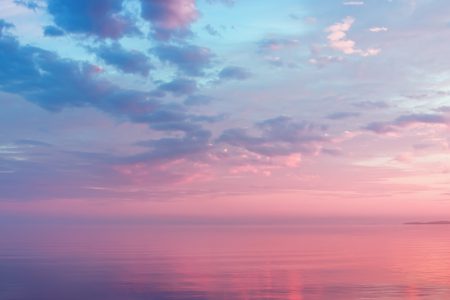
After the rough sail that we had from Cuba to Bermuda, I departed for the big journey (18 days of sailing until reaching the Azores) with a positive attitude.
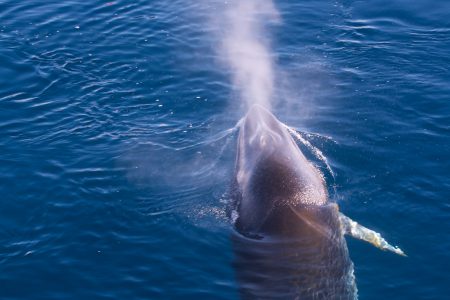
With “ouuuuu’s” and “ahhhh’s” from the crowd, two whales surfaced not even 20 feet from the ship!
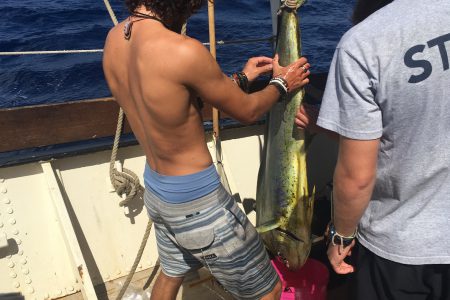
After a wonderful homestay in Dominican Republic, I had to come back to my good old ship, the Gulden Leeuw…
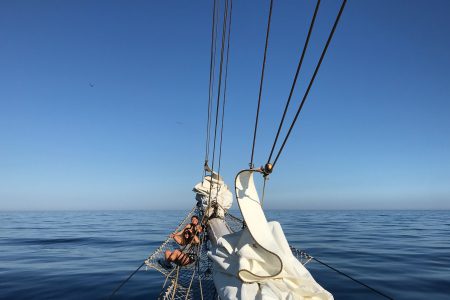
Class Afloat provides students with various opportunities and tools to experience the ocean first-hand and as up close and personal as possible.
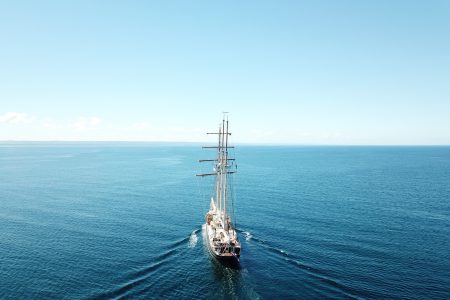
We departed from Cuba with a beautiful sunset of different tones of pink and yellow.
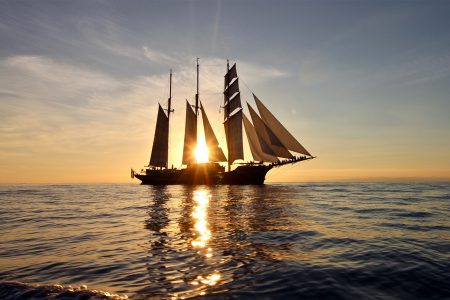
After spending a wonderful time in the Dominican Republic we set off on an eight-day sail towards Havana.